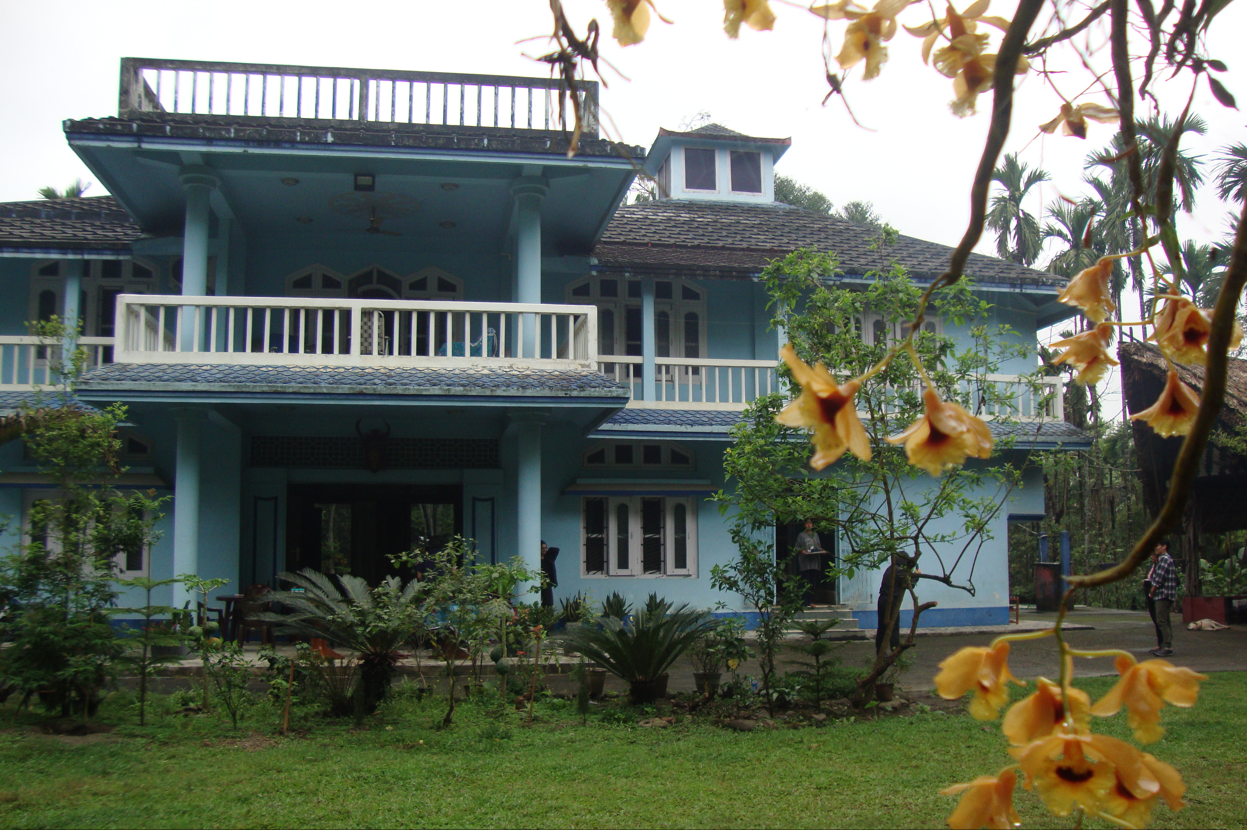As much as we love rains in India, it also brings along a bit of inconvenience for people when it plays havoc with floods and waterlogging problems. If you wish to avoid the hassles and enjoy the weather within the comfort of your house, rain proofing against unexpected downpour would be a great investment for long term gains. Here are some smart ways to keep the house protected from excess rains.
- 1. To dodge the aftermath of excessive rains, some basic design principles can be followed while constructing a roof area. In regions with expected heavy showers, a slanted rooftop or terrace with easy water exits will prevent the accumulation of rainwater and protect the ceiling from leakage.
- 2. A major cause of leaks in homes is the seepage of rainwater and moisture into walls either through the service shafts/ducts provided in modern buildings today or leaky windows, doors and other openings. Another factor is when internal repair/modifications are done in homes especially in toilets, the main waterproofing membrane (given by builder) is damaged and this causes leakage.
- 3. Aside from construction methods like the use of dry walls, which can be done only in the very beginning stage of construction, other ways to avoid leakage issues is to get your waterproofing done before any modifications begin.
- 4. While constructing a new house, ensure that all windows, doors openings, etc. are of good quality materials and checked for damages and maintained well. Having your walls treated both externally and internally for rainwater leakage is also essential, ideally before the onset of monsoon.
- 5. One of the leakiest spots of a house, after the roof, is the walls. An indicator that you may need a fresh coat of paint this monsoon is the large, splotchy wet marks on your walls. The tough and enduring finish in the paint will keep water out of your walls and also add a bright aura around your property. To protect your home from the after-effects of rainwater, start by checking the openings in and around the building.
- 6. Get your rain gutters, drains and downspouts de-clogged and fixed before the monsoon. Clogged gutters, drains and downspouts can lead to rainwater and debris clogging up in your roofs and pipes. This can lead to major leaks and may result in electrocutions. Additionally, stagnant water can lead to malaria and other infections. Have the gutters, drains and downspouts cleaned thoroughly and have all debris removed.
- 7. To prevent dampness inside the living area, re-seal your doors and windows. Seal on your windows and doors can break and disintegrate, letting in cold air, sleet, and rain from outside. Contact a professional to re-seal your doors and windows before the rain comes calling.
- 8. One should also check out the property’s aluminum and wood siding and wood hinges. Have your home re-painted with water-proof paint, and reseal your basement. Water in the basement is often caused by cracks in building foundations or floor slabs. If you notice water seepage after heavy rain when you’ve never had a problem, it may mean that your old waterproof cement floors and basement walls have deteriorated. Painting vulnerable areas with water sealant can prevent seepage. Install a backwater valve to avoid these unpleasant situations.
- 9. One of the major causes of dampness and leaked outlets inside the home is caused due to water accumulation near the building. To keep the house dry inside, you will also need to check that there is no water-logging outside the carpet area. Though less common than other causes of basement water, sewer backups are messy.
- 10. Learn more about your sewer responsibilities and install and maintain a backwater valve, which allows sewage to go out, but not come back in. Seepage is exacerbated by soil that has settled in a way to make water flow toward the building. After a storm, and especially if the ground is already saturated, rainwater that flows towards the building goes down the outside of the foundation wall potentially through any cracks.


